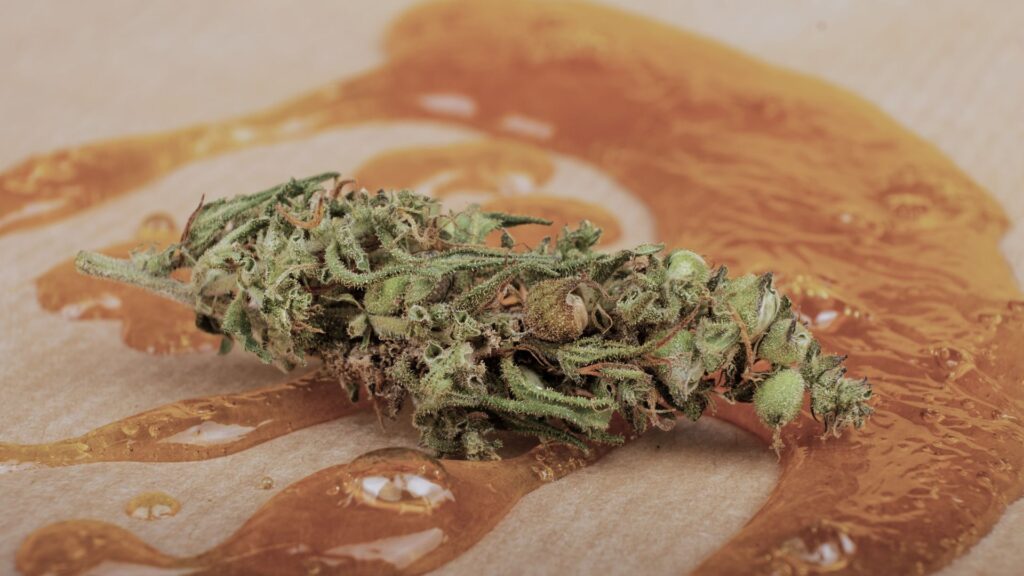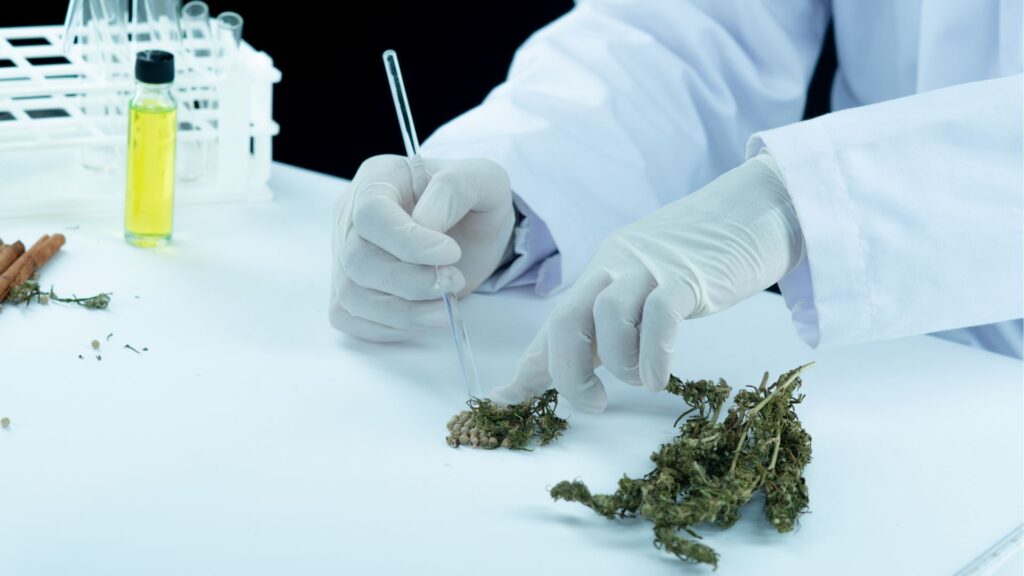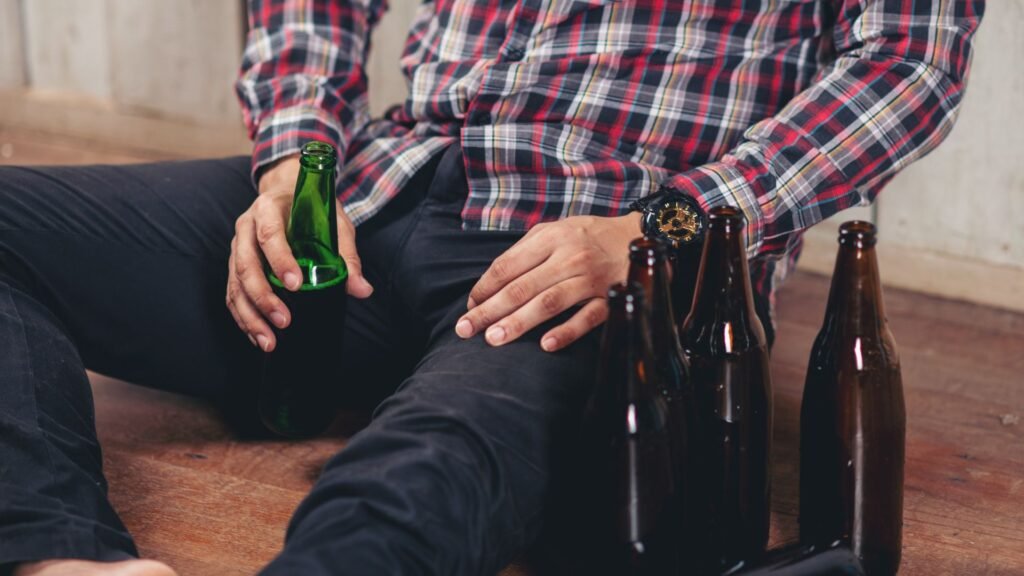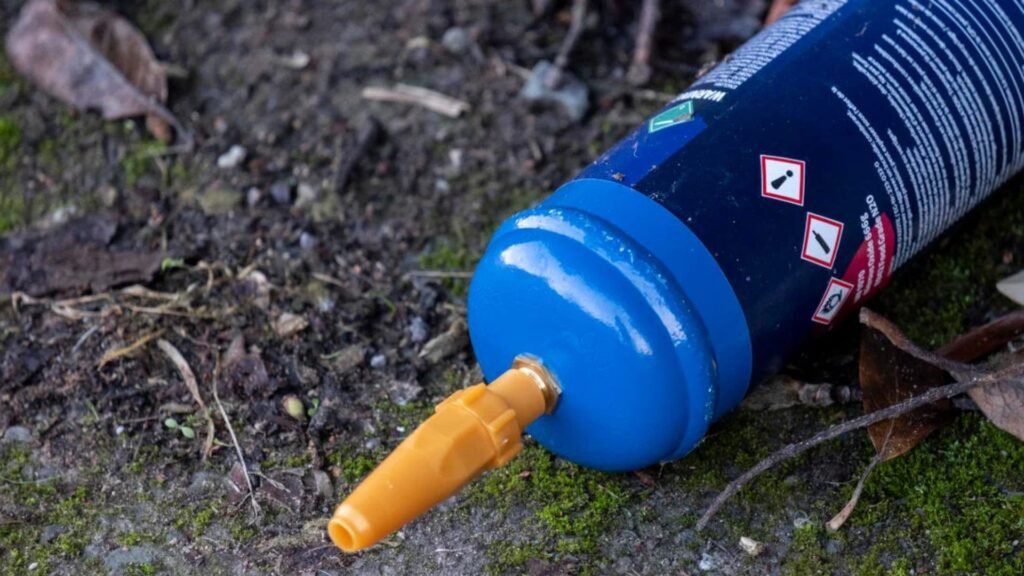Quitting marijuana can be more difficult than many people anticipate, not only due to physical withdrawal symptoms but also because of intense cravings that may persist long after the last use. These cravings are caused by changes in the brain’s reward pathways, where repeated marijuana use increases dopamine levels and reinforces the desire to use again.
In this article, we will delve into the science behind marijuana cravings and offer practical strategies to help you overcome them and achieve lasting recovery.

Identifying and Managing Triggers
Start by identifying the environmental cues, locations, and social settings that evoke your urges to use cannabis.
Keep a journal to document when cravings occur, helping you recognize patterns and develop strategies to avoid these triggers. To manage cravings, engage in alternative activities like physical exercise or hobbies that serve as effective distractions.
Develop a plan to cope with identified triggers, which may include changing daily routines or avoiding high-risk situations. Lean on your support networks, such as friends or support groups, for accountability and encouragement as you navigate challenging situations without resorting to cannabis use.
If you have persistent cravings you’re unable to manage, then it’s best to opt for specialized guidance and treatment in a marijuana addiction rehab.
Engaging in Physical Activities and Hobbies
When you exercise, your body releases endorphins that boost your mood and reduce stress, helping to alleviate cravings.
Whether it’s running, swimming, or practicing yoga, regular physical activity can significantly improve your mental health and make it easier to quit.
Finding new hobbies or rediscovering old interests is also crucial. Painting, gardening, or playing an instrument can provide a creative outlet that keeps your mind occupied and distracted from cravings.
Participating in sports or group fitness classes not only promotes physical well-being but also fosters social connections, providing you with the support and accountability needed to maintain your commitment to quitting.
Practicing Mindfulness and Relaxation Techniques
Practicing mindfulness and relaxation techniques can be a powerful strategy to help individuals quit using marijuana and manage both the physical and mental challenges of cannabis withdrawal. When someone stops consuming THC (tetrahydrocannabinol), the psychoactive component in marijuana, they may experience symptoms such as irritability and insomnia, which can make the urge to use again particularly intense.
Mindfulness practices, such as meditation, deep breathing, and body scanning, encourage individuals to focus on the present moment and observe cravings or discomfort without immediate reaction. This approach helps create a space between the craving and the response, allowing people to recognize their triggers and choose healthier coping mechanisms instead of reverting to old habits.
Relaxation techniques not only reduce stress and anxiety but also improve sleep quality, making it easier to manage insomnia and mood swings that often accompany cannabis withdrawal.
Maintaining a Structured Daily Routine
Establishing a consistent framework for your day can help disrupt habitual patterns associated with marijuana use, significantly reducing the likelihood of cravings. Incorporate regular meal times to maintain stable energy levels and prevent fatigue that may trigger cravings.
Schedule physical activities or hobbies throughout the day to serve as effective distractions and promote overall well-being. Set specific times for mindfulness practices, such as meditation or deep breathing exercises, to manage stress and reduce anxiety that may lead to cravings.
Maintaining a regular sleep schedule can also improve sleep quality, which has been shown to diminish withdrawal symptoms and cravings associated with quitting marijuana.
Seeking Support from Family, Friends, and Support Groups
Building a strong support system is essential for anyone trying to quit weed, especially when facing cravings for marijuana or experiencing withdrawal symptoms. Reaching out to family and friends can provide encouragement, accountability, and understanding during difficult moments, making it easier to resist the urge to use.
Support groups, whether in-person or online, connect individuals with others who are going through similar challenges, offering a safe space to share experiences and coping strategies. These connections can be invaluable for preventing relapse, as they remind you that you’re not alone on your journey and that others have successfully overcome similar obstacles.

Exploring Cognitive-Behavioral Therapy (CBT) and Motivational Enhancement Therapy (MET)
Cognitive Behavioral Therapy (CBT) and Motivational Enhancement Therapy (MET) are two evidence-based approaches that can be highly effective for individuals struggling with cannabis use disorder and substance use.
CBT focuses on helping individuals recognize and change the thought patterns and behaviors that drive their dependence on marijuana, such as identifying triggers, managing distress, and developing healthier coping strategies to reduce cravings. Through sessions with a mental health professional, clients learn practical skills to avoid high-risk situations, cope with urges, and problem-solve when cravings may arise.
MET, on the other hand, is designed to enhance an individual’s motivation to change by providing personalized feedback and using motivational interviewing techniques to address ambivalence about quitting.
Both therapies emphasize the importance of professional help in overcoming dependence, reducing distress, and supporting long-term recovery from cannabis use disorder.
Establishing a Strong Social Network and Professional Guidance
Establishing a strong social network and seeking professional guidance are crucial steps for anyone aiming to achieve abstinence and stop craving marijuana, especially during the challenging period of detoxification.
Supportive friends and family can provide encouragement and accountability, helping you resist the temptation to misuse cannabis when marijuana withdrawal symptoms, such as mood swings, irritability, or sleep disturbances, arise.
At the same time, choosing to seek professional help ensures that you receive expert advice and tailored strategies for managing cravings and marijuana withdrawal symptoms. Mental health professionals can guide you through evidence-based treatments, monitor your progress, and address any co-occurring issues that may contribute to continued substance abuse.
Final Thoughts from Radix Recovery
If you’re struggling with a substance use disorder and want to quit using weed, professional help can make all the difference. At Radix Recovery in Cedar Rapids, our marijuana addiction treatment program offers personalized care, evidence-based therapies, and a supportive environment to help you break free from cannabis dependence. Our team understands that every recovery journey is unique, and we are dedicated to guiding you through each step, addressing cravings, withdrawal symptoms, and the underlying causes of addiction.































































































